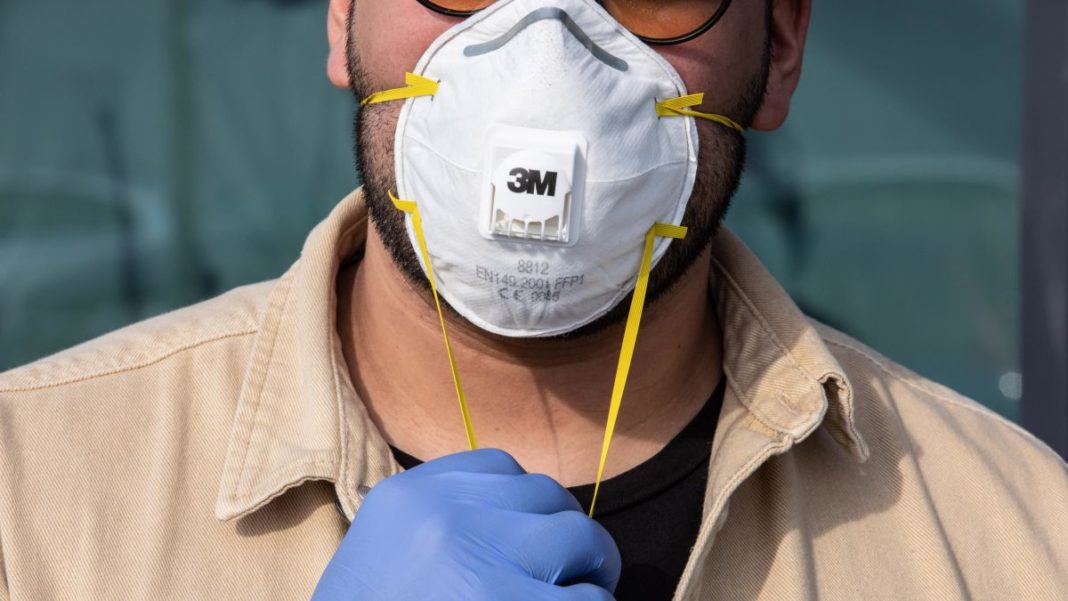The coronavirus outbreak in India is showcasing the poor medical infrastructure in the country. Starting from the ventilators to the protective masks, sanitizers there is scarcity in all most every state in the country. Before the outbreak, only Doctors, health care workers were using them but now, everyone is using to protect themselves from public contact. Here in this article, we are going to discuss the different types of masks available in the market and who should use them.
Notably, there are 6 types of masks available in the market. Those are N95 masks, Surgical mask, FFP1 mask, Active carbon mask, Cloth Mask, Sponge mask. We will discuss each of them in brief.
The N95 Mask:
N in N95 defines Not resistant to Oil and 95 is the protection level for the virus. The N95 masks are not for everyone. They should only be used by health care workers. They are the most protective masks and help in avoiding the contamination of even airborne viruses. The efficiency of this mask is given below.
The level of protection N95 gives is
- Virus – Protection level 95%
- Bacteria – Protection level 100%
- Dust – Protection level 100%
- Pollen – Protection level 100%
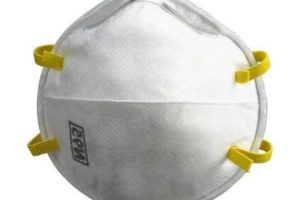
The Surgical Mask:
According to the Center for Disease Control Prevention (CDCP), the surgical mask should be used for protecting the mouth and nose to get contact with the surrounding. Generally, they are loose and disposable in nature. They are mostly recommended for medical practitioners during the surgery.
The protective performance of Surgical mask is given below
- Virus – Protection percentage 95%
- Bacteria – Protection Percentage 80%
- Dust – Protective percentage 80%
- Pollen – Protective percentage 80%
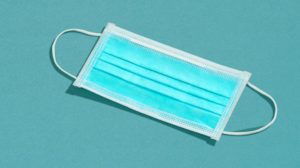
The FFP1 Mask:
FFP stands for Filtering Face Piece. The FFP1 masks are recommended for people working environments in which neither poisonous nor fibrogenic kinds of dust and aerosols are to be expected. Generally, the construction and food industry people use these types of masks.
Performance of FFP1
- Virus – Protective performance 95%
- Bacteria – Protective performance 80%
- Dust – Protective Performance 80%
- Pollen – Protective Performance 80%
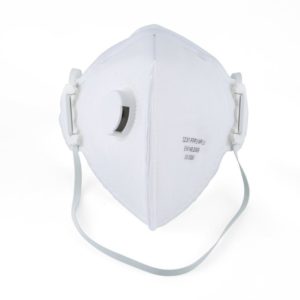
Active Carbon Mask
These are carbon filter masks and generally used to protect the nose from sensing bad odours. These are absorbent toxic masks. Some of the sanitation workers who work in areas surrounding bad odour use them.
Performace Active Carbon Mask
- Virus – Performance Percentage 10%
- Bacteria – Performance Percentage 50%
- Dust – Performance Percentage 50%
- Pollen – Performance Percentage 50%

Cloth Mask:
These are general face masks that can be stitched in the household. These are less protective when compared with others.
Performance of Cloth Masks:
- Virus – Performance Percentage 0%
- Bacteria – Performance Percentage 50%
- Dust – Performance Percentage 50%
- Pollen – Performance Percentage 50%
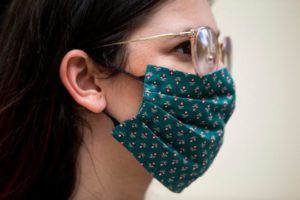
Sponge Masks:
These are anti-dust breathable masks which are generally used by bikers while driving in polluted and foggy areas.
Performace of Sponge Mask
- Virus – Performance Percentage 0%
- Bacteria – Performance Percentage 05%
- Dust – Performance Percentage 05%
- Pollen – Performance Percentage 05%
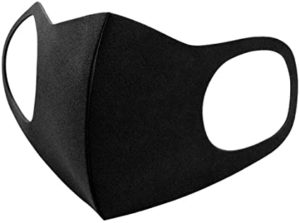
– Krishna
Chief Editor (Frontlines Media)
